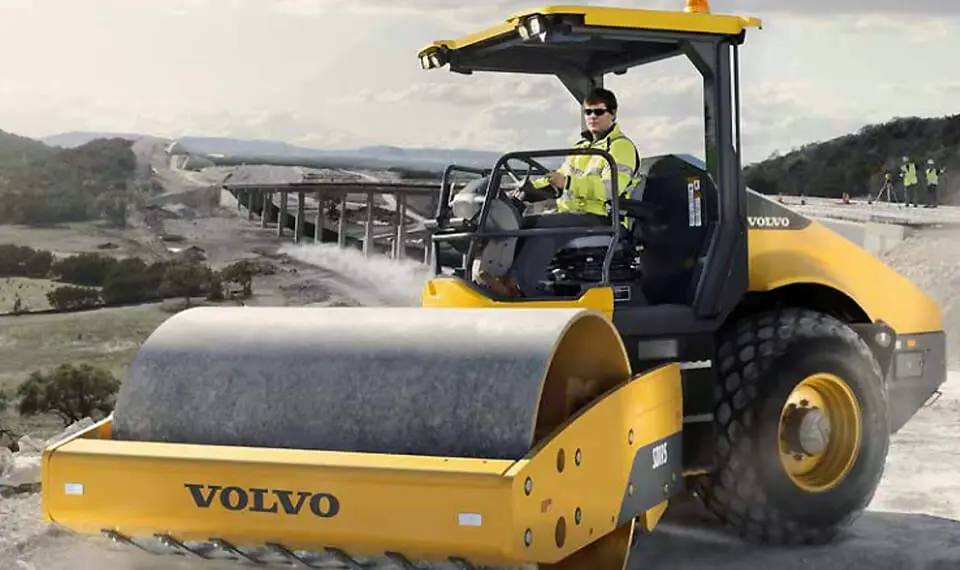One of the top components of any construction project–whether you’re burying some cable and sewer lines or building a road or skyscraper–is properly compacted soil. Soil compaction is defined as the process of applying stress to soil to push out air. With this is mind, compacted soil is key to any construction project because the work depends on a compact and dense base. Compacting soil provides the firm base needed to support footings, foundations, slabs, pavement, and more.
The benefits of using compacted soil, thereby having removed air pockets in the soil include:
- Improved soil stability
- Increased soil load-bearing capabilities
- Decreased soil settling
- Lowered soil shrinkage
- A reduction in water seepage, contraction, and swelling
However, before you can start any compaction project, you need to find the right equipment to rent and know the pros and cons of each by asking a salesperson which equipment is correct for your job.
You must know your soil
In order to choose the right equipment for your job, identify the soil type on your job site. By identifying the soil type, you can then determine how it should be compacted. Compactable soils are either granular or cohesive.
Granular soils such as sand or gravel, the particles may be composed of varying sizes. This means these particles have to fit together and, the best way to do that is through vibratory compaction. Cohesive soils are just like they sound – they’re soils like clay or silt that are bound together. Cohesive soils, however, require a machine that delivers a pounding, impactful force to the ground.
Know your job site
This is the most important step in finding the right compaction machine: knowing your site. One-size-fits all does not work with soil compacting. For example, you’re not going to use a ride-on roller if you’re compacting ground following the install of a cable wire to a home or a rammer or jumping jack to compact ground for a new highway.
Consider the size of your job, the dimensions of your job site, and the terrain itself. Is the job big and spacious? Then rollers make more sense because they will do the job much more efficiently. But if you’re working in a tight area, the much smaller rammers or plate compactors may be the better, more efficient option.
Three types of compaction machines
This type of machine is comprised of three main types, each offering a different way to compact soil.
- Static machines, like rollers, use their weight to compact soil.
- Vibratory machines, like plate compactors, use repeated vibrations to shake soil particles into place.
- Impact machines, like rammers, utilize pads to punch soil together for a deeper and more targeted compaction effort.
Know you job site and your equipment
It is key that you know what type of soil you need to compact with weight, vibration, or impact as this will directly affect the functions of the machine. But you have nothing to worry. Our team knows the equipment. If you need to book your next project, call 877-740-RENT (7368) today to book your equipment needs today.
Keywords: Construction, soil rollers, static machines, impact machines, vibratory machines, roller, rollers, plate compactor, rammer, ride on soil compactor

